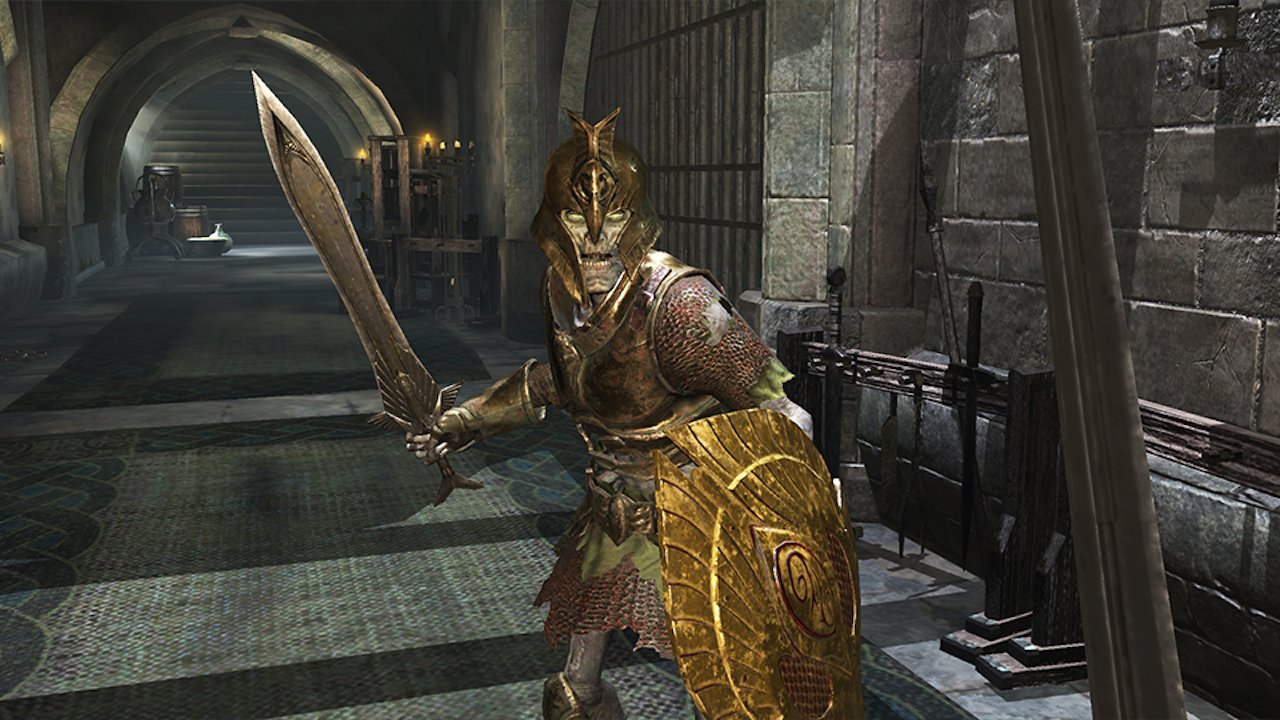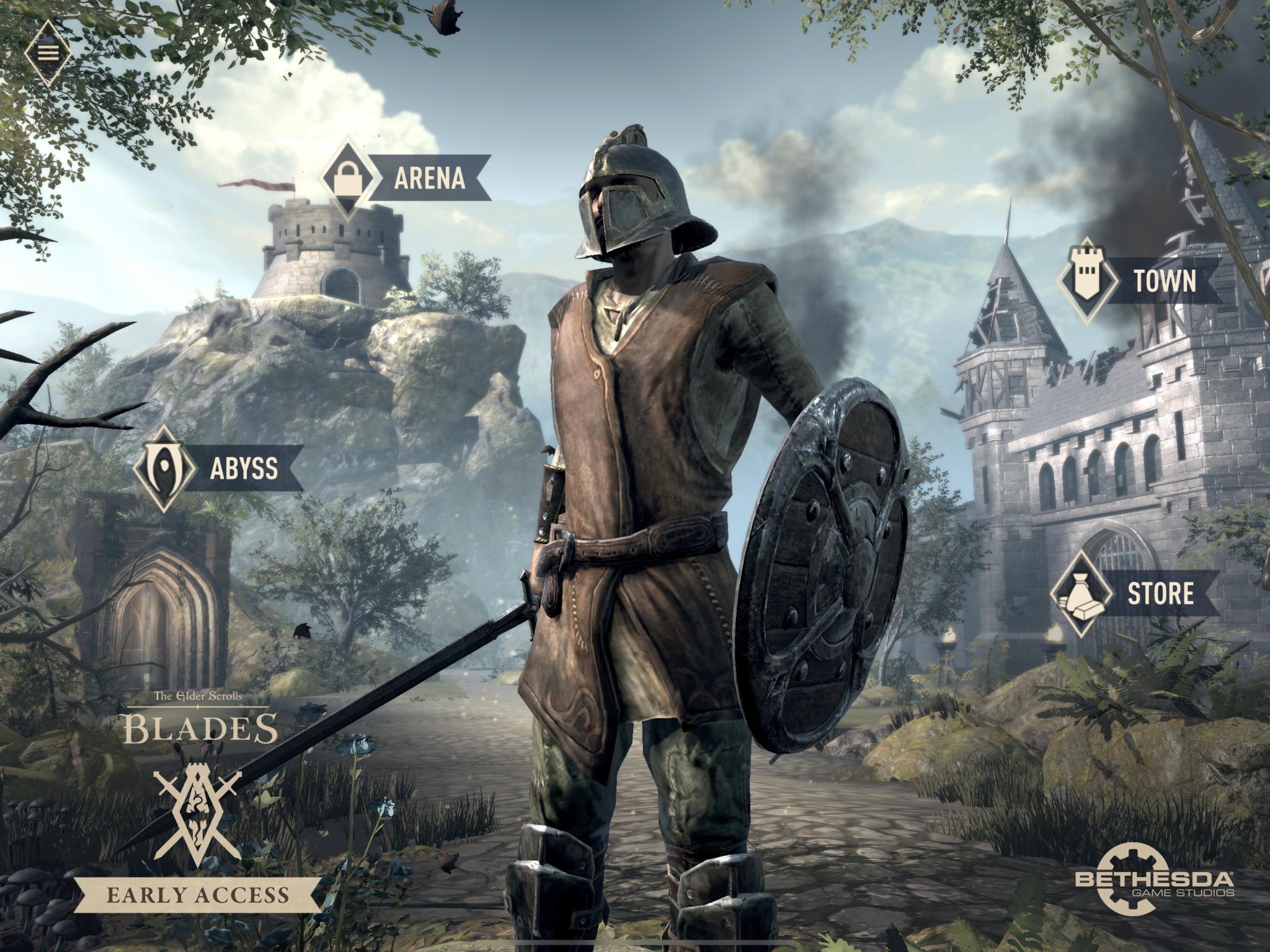
The Elder Scrolls: Blades is a free-to-play game from Bethesda Game Studios. Bethesda is known for incredible games like The Elder Scrolls V: Skyrim and Fallout 4. Instead of porting past experiences to mobile, the team has designed a new game which requires you to battle various creatures in endless dungeons and rebuild your town. The premise is quite simple, but the gameplay is rather addictive.
The Elder Scrolls: Blades story and setting
A powerful queen destroys your hometown and you have to gather resources and restore it to its former glory. However, the plot isn't quite that simple. During the raid on your town, an underground passage is discovered and there seems to be an undead curse. Throughout the campaign — which is tied to the progress you make rebuilding your town — you'll uncover what's truly going on and form unlikely alliances. However, you probably won't reach the end because you're required to pay every step of the way.
Bethesda's games are known for their immersive storytelling, and voice acting is part of that. Unfortunately, The Elder Scrolls: Blades doesn't appear to feature this at the moment. Furthermore, the animation quality is quite poor. If you compare The Elder Scrolls: Blades to a game like the upcoming Oceanhorn 2: Knights of the Lost Realm, you can see the vast differences between the two. It's sort of shocking that a major "AAA" developer worked on a title that doesn't live up to the quality expected from the team.
The Elder Scrolls: Blades quests and rewards
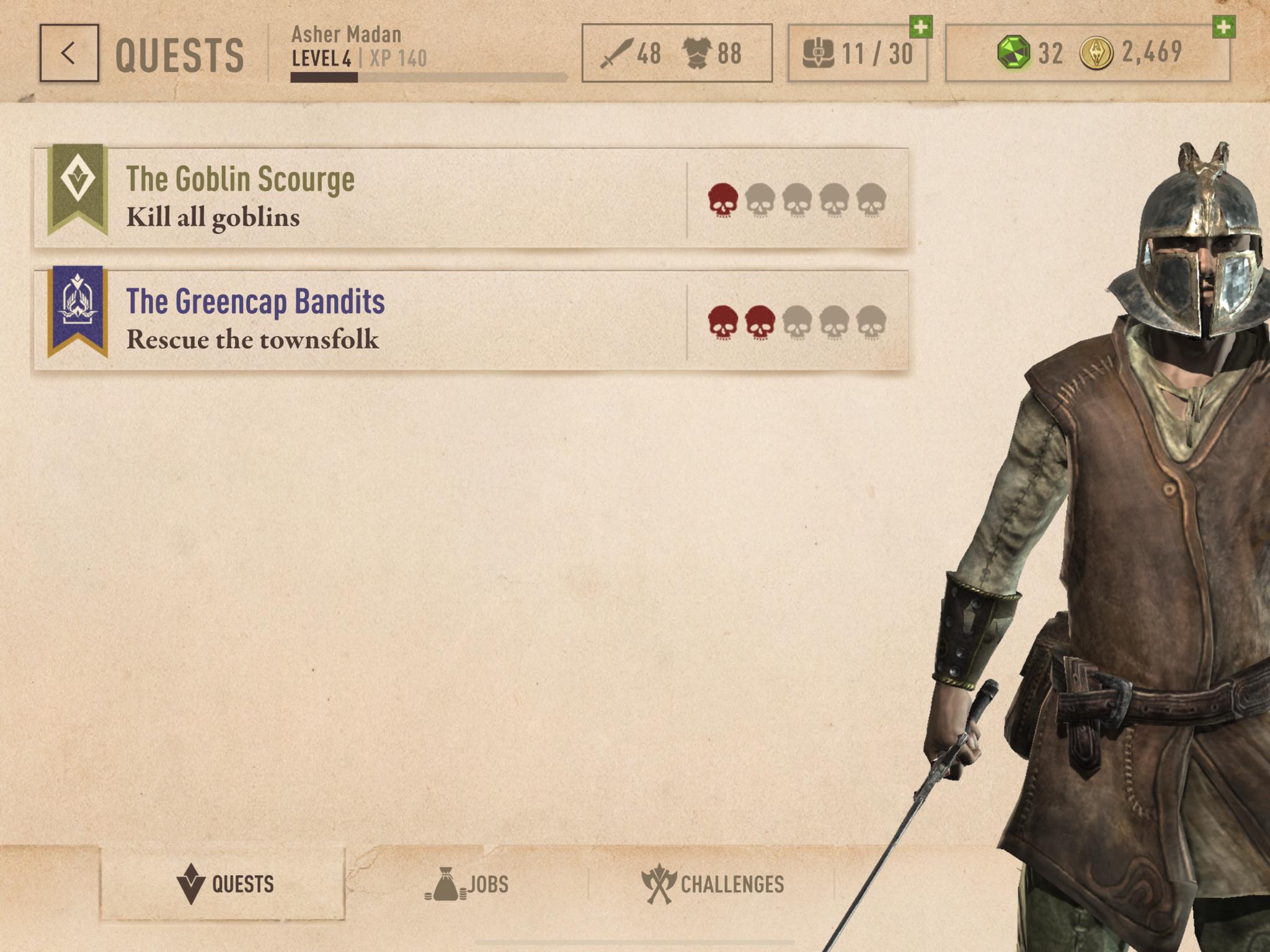
In order to earn building materials, consumables, coins, and gems, you have to embark on various quests. These can range from fighting goblins to taking on fearsome bandits in dusty caverns. Slowly, more areas are revealed which are tied to the campaign. It's unclear how long the story is because your progress limited in a number of ways that encourage purchasing microtransactions.
The higher the danger, the better the rewards.
The higher the danger, the better the rewards. Each quest is ranked from one skull to five, where one skull is the easiest and four to five skulls is near impossible. This figure fluctuates depending on the gear you have equipped. So, if you grind some lower-level jobs, you can theoretically acquire better gear. Unfortunately, it's not that simple. Coming across gems to purchase Legendary chests, building materials, or speed up construction is quite rare. There are even some instances where the game recommends the purchase of items like a $10 Legendary sword so you can progress further.
The Elder Scrolls: Blades combat mechanics
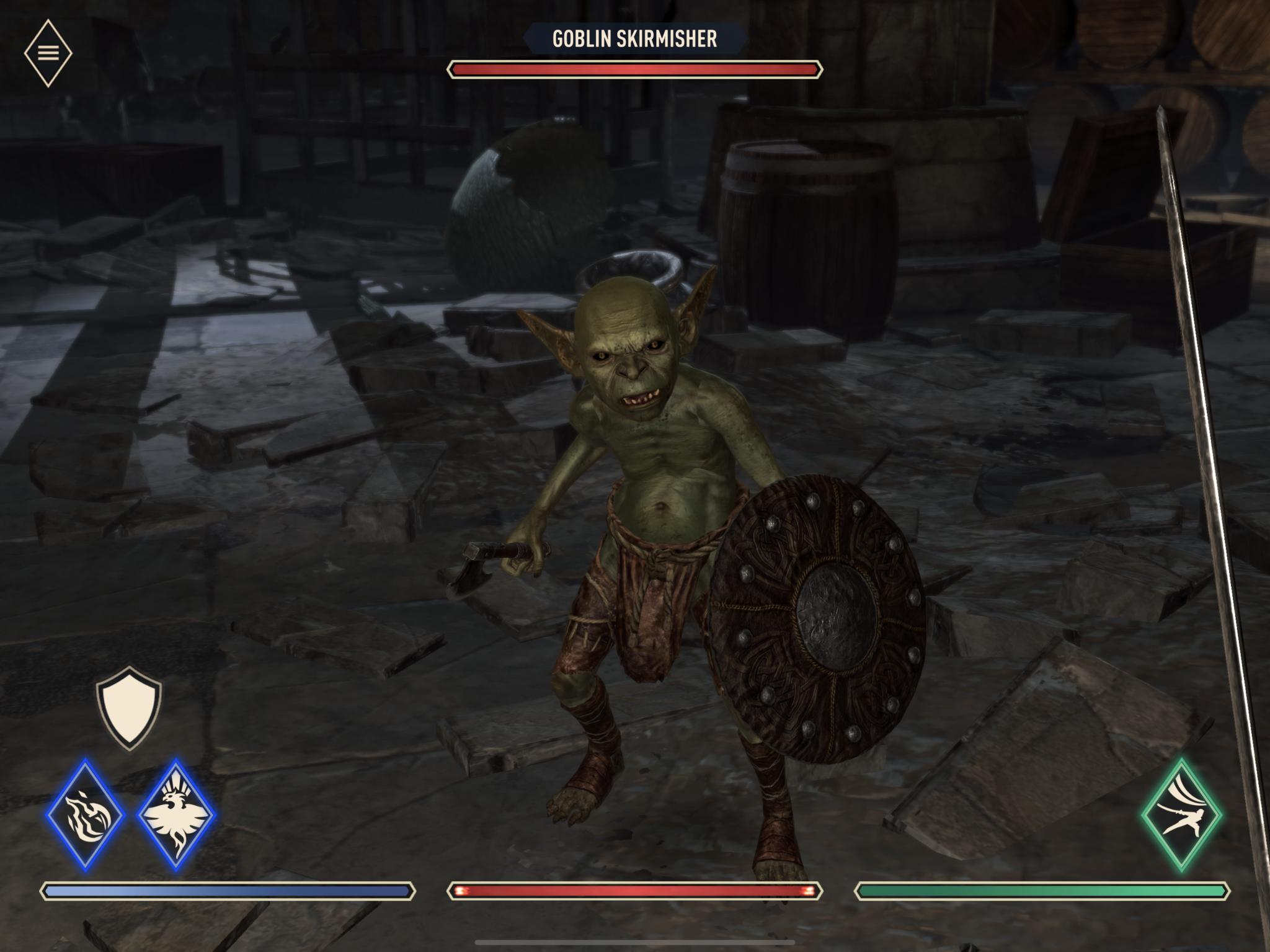
Combat features a variety of skills, but the basic premise is to attack and block. Enemies usually follow a predictable pattern so this is trivial. After you strike an enemy, immediately block because they tend to strike the second you hit them. Keep on doing this until they're dead. Unfortunately, some enemies use magical powers like fire and lightning, so you have to find gear which offers resistances to be successful. There's also the option to upgrade your character to achieve this goal.
The Elder Scrolls: Blades features three different skill trees, where each skill can be upgraded a number of times. Once you level up, you earn a number of skill points. Skill points can be used to either unlock new magical abilities like a fire attack, choose a perk like increased weapon damage, or a combat ability like a powerful shield bash. Lastly, investing in Stamina or Magika is required after gaining a level. Stamina is great if you're playing as a warrior, Magika is essential if you're a mage.
iMore offers spot-on advice and guidance from our team of experts, with decades of Apple device experience to lean on. Learn more with iMore!
The Elder Scrolls: Blades progression
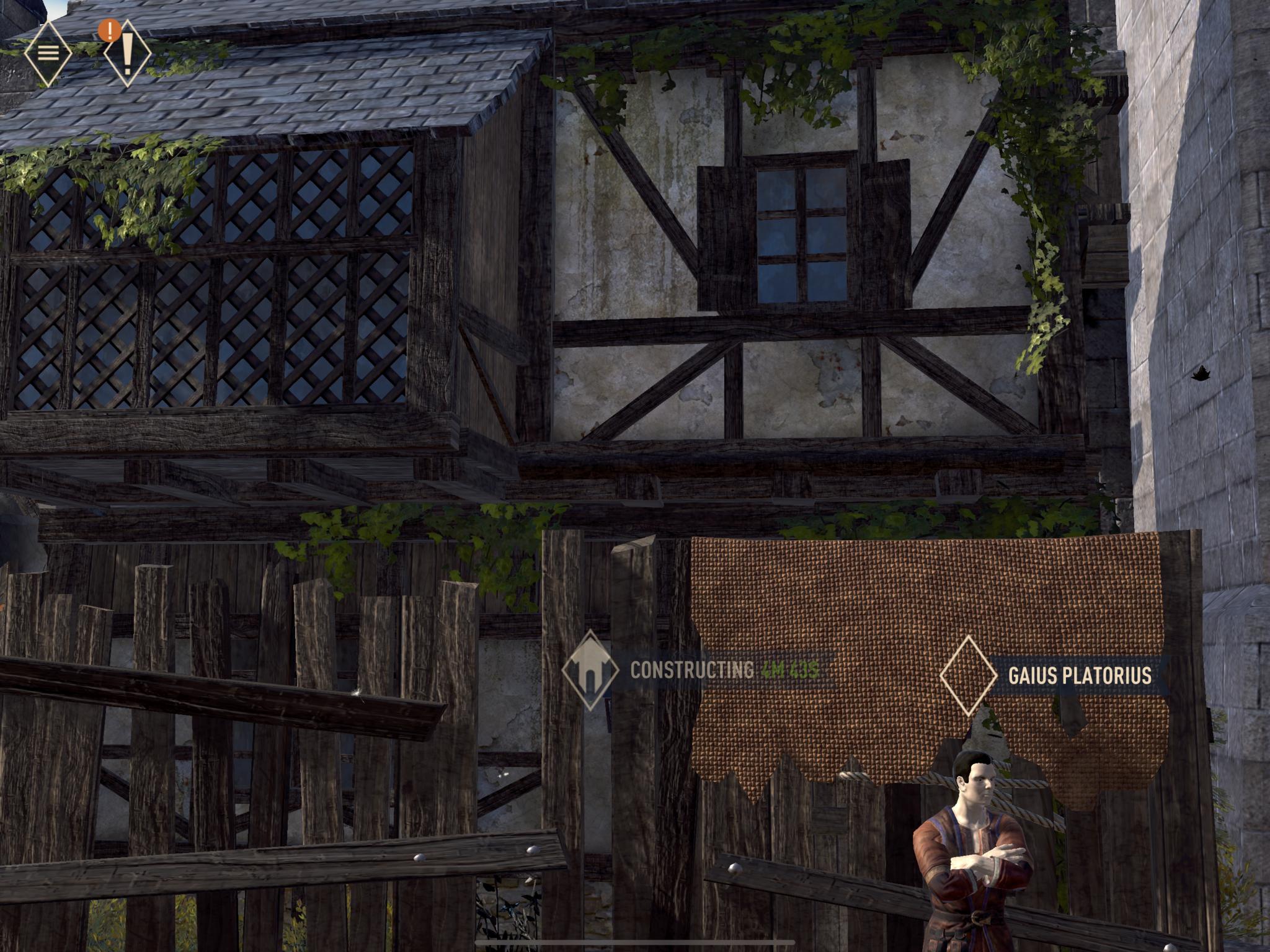
If you want to earn a lot of items, you want to venture into the Abyss. The Abyss is an endless dungeon which gets harder and harder as you delve deeper. All of the levels in the game are linear, but there are still secrets scattered around here and there. While there aren't many branching paths, try to explore different levels so that you can get the additional chest hiding behind a false wall.
The goal is to make your town into a castle.
The end goal of The Elder Scrolls: Blades is to make your humble town into a domineering castle. This will likely take months if you don't buy gems and chests. Building materials are hard to come by and even erecting basic structures like an Alchemist Station is quite difficult. On top of that, each merchant like the Blacksmith has different levels, so you'll have to upgrade them a number of times.
Progress feels incredibly slow at the moment, and the game clearly wants you to play it for months and years to come. It also wants you to spend money on microtransactions because you can't progress further in the story due to poor weapons and the inability to acquire better ones. Grinding the same level again and again quickly becomes boring, especially if the rewards are minuscule.
Final impressions of The Elder Scrolls: Blades
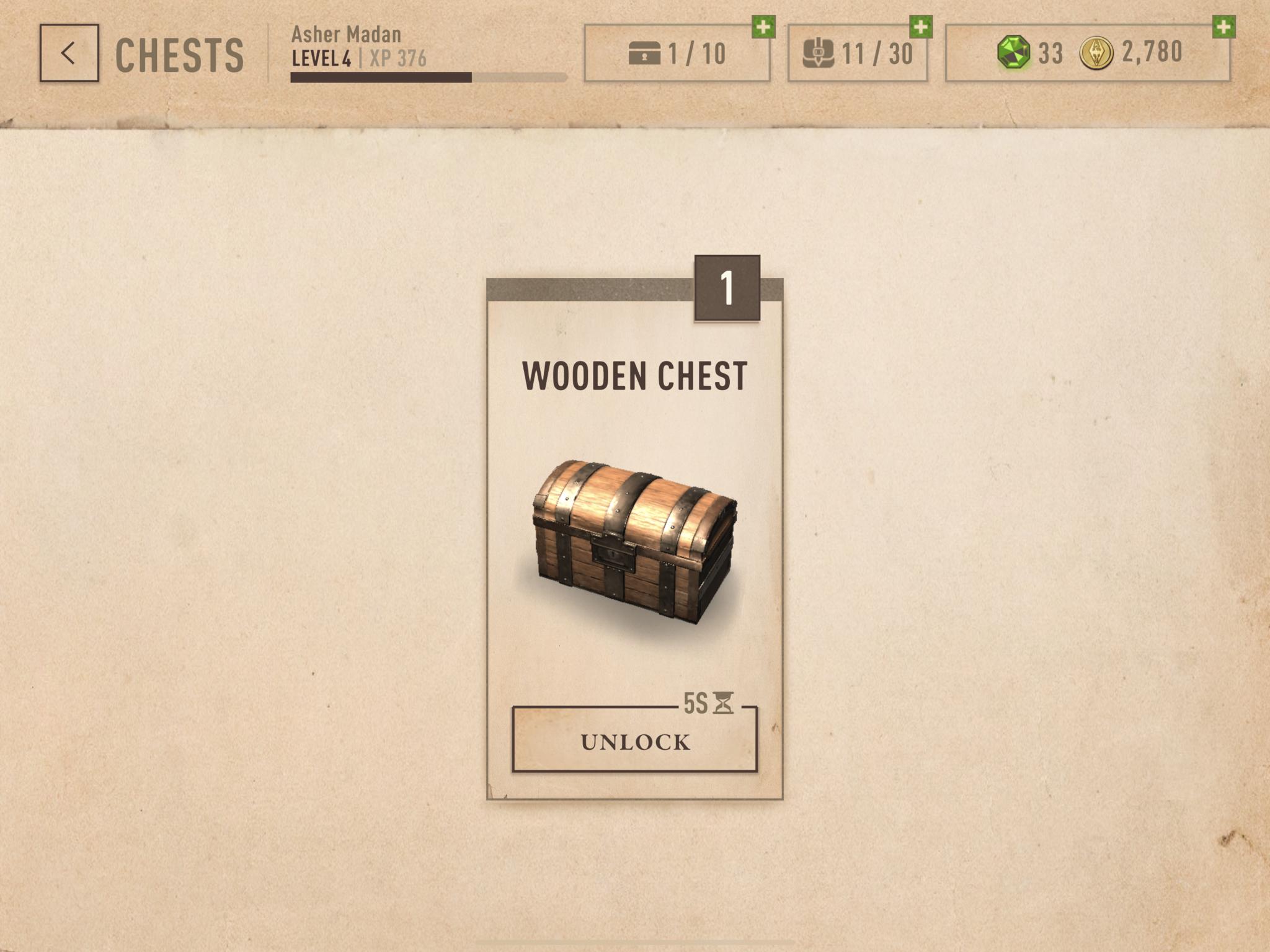
In its current state, The Elder Scrolls: Blades is a pay-to-win experience that will frustrate all players in my opinion. Cosmetic microtransactions like those found in other free-to-play games like Path of Exile are the way to go. In Path of Exile, you can only earn gear by playing the game, and can't speed up the experience by throwing cash at the screen. This is the way it should be done.
The Elder Scrolls: Blades demands much more than just $10, but given its quality at the moment, I simply can't recommend the game to anyone. Instead of that, you should buy a used copy of The Elder Scrolls V: Skyrim or The Witcher 3: Wild Hunt. It'll probably cost you less in the long run, offer a better story with voice acting, and give you an unforgettable gaming memory. It also won't demand actual currency for erecting buildings and opening chests.

Return to Tamriel
The Elder Scrolls: Blades is a free-to-play game from Bethesda Game Studios. Bethesda is the renowned publisher behind franchises like Doom, Fallout, Rage, and more. While the game is a radical departure for the series, there are still many similarities.
